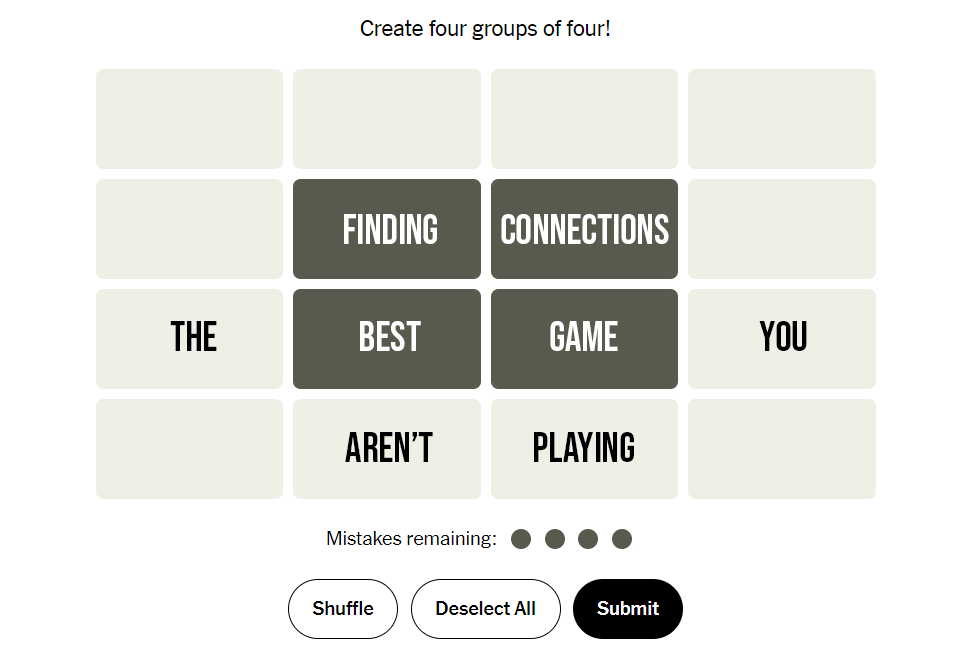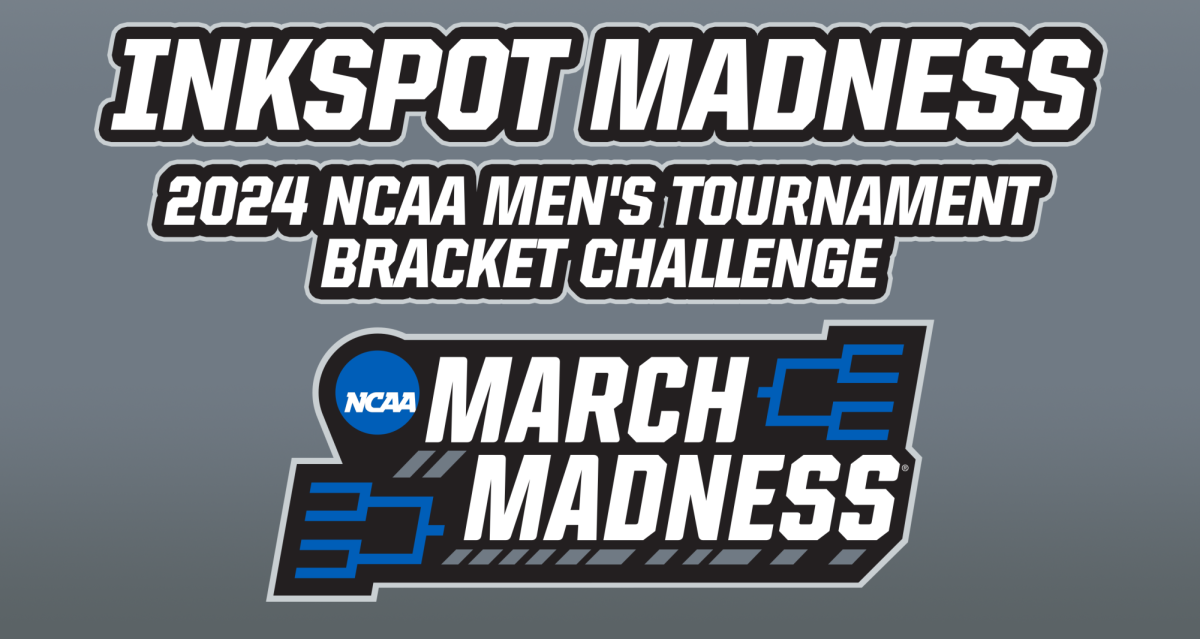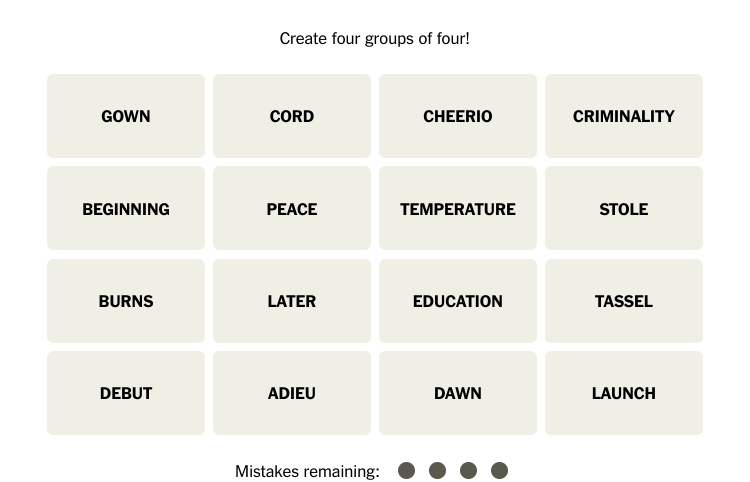
Is time expiring on the no shot clock era in Illinois high school basketball?
Community’s head varsity basketball coaches Mr. Dave Witzig and Mr. Dave Feeney hope so.
While the IHSA approved the use a 35-second shot clock for regular season shootouts and tournaments two seasons ago, the shot clock has seen limited action across the state.
This season, just 29 shootouts and tournaments featured the shot clock.
Last Saturday, the boys played one of their first shot clock games, taking home a thrilling double overtime win over DePaul Prep in the When Sides Collide Showcase.
The introduction of the shot clock, Witzig said, “makes the game so much more fun.”
With 35 seconds to shoot, the veteran coach said, teams are required to play with “more strategy [and] less stalling.”
“I would love the shot clock,” Witzig said. “I think it makes for a better basketball game.”
The shot clock, Witzig believes, could be a literal game changer.
“It would really change fourth quarter high school basketball games,” Witzig said, “because when you’re up by eight points in the fourth quarter, there’s really no reason to go fast.”
Just ask Waubonsie Valley who handed Community a 40-38 loss in shootout action on Jan. 13.
A shot clock, Witzig said, could have changed the outcome of the contest.
“In that game,” Witzig said, “I think the shot clock would have helped.”
With no pressure to shoot, the Warriors were able to drain the clock and prevent an Ironmen comeback.
“We beat DePaul Prep,” Witzig said, “because of the shot clock. If there was no shot on it, they would have stalled. That’s the strategy they’ve done many times in the past; we got a win this year because of the shot clock.”
Girls head coach Mr. Dave Feeney thinks its time for the change.
“It’d be a great thing for [IHSA] to have,” Feeney said.
But Feeney thinks the shot clock wouldn’t just increase coaching strategy and make games more exciting to watch, he thinks it would benefit the players.
“It would help our kids,” Feeney said, teaching them better basketball awareness.
“It would increase the number of possessions per game,” Feeney said, “so kids would get to play more basketball within each game.”
“It’s time,” Witzig said, to make the change. “Other states are doing it. I recently heard North Dakota [adopted a shot clock]. If North Dakota can do it, come on. We should have a shot clock in Illinois with the great basketball that we have in our state.”



![Community honors longtime coach Mr. Bryan Thomas before Oct. 3 game [photo gallery]](https://nchsinkspot.com/wp-content/uploads/2025/10/Thomas-6-1200x1200.jpg)


























![Ironmen volleball head coach Ms. Christine Konopasek recorded her 400th career victory Oct. 21 as the Ironmen closed their regular season with a 2-0 sweep over Danville.
[Photo Illustration]](https://nchsinkspot.com/wp-content/uploads/2025/10/Vball400Thumb.png)
















![Halloween candy cross section quiz [quiz]](https://nchsinkspot.com/wp-content/uploads/2022/10/Candy-cover-big-900x675.png)
![Average Jonah? [quiz]](https://nchsinkspot.com/wp-content/uploads/2022/05/average-jonah-900x600.png)







![[Photo Illustration]](https://nchsinkspot.com/wp-content/uploads/2025/09/trigger-words-1.png)











![Week 9: Coach Drengwitz on Week 8’s win, previewing Peoria High [video]](https://nchsinkspot.com/wp-content/uploads/2025/10/W9_PeoriaThumb.png)
![Postgame: Drengwitz on Community’s 56-6 win over Champaign Centennial; staying unbeaten in Big 12 [video]](https://nchsinkspot.com/wp-content/uploads/2025/10/10.17_FBwChampCent56-6_POST_thumb.png)






![Week 7: Coach Drengwitz recaps the Ironmen’s win over Bloomington, talks Danville [video]](https://nchsinkspot.com/wp-content/uploads/2025/10/Vikings-feature-Image-1200x675.png)
![On the Spot: This or That – Halloween [video]](https://nchsinkspot.com/wp-content/uploads/2024/10/tot-Halloween-YT-1200x675.png)
![On the Spot: This or That – Fall favorites [video]](https://nchsinkspot.com/wp-content/uploads/2024/10/ots-fall-web-1200x800.png)
![On the Spot – Teachers tested on 2023’s hottest words [video]](https://nchsinkspot.com/wp-content/uploads/2024/01/On-the-Spot-Teachers-tested-1200x675.png)








